 |
Catalytic Converters |
 |
Catalytic Converters |
by Peter Scott
"Should I remove the cats for more power?"
Cats remove pollution from your exhaust - we all know that. But a quality high flow cat flows very well and reduces noise as well. Cheap nasty cats usually fitted during the compliance process flow poorly, are easily damaged and fall to bits. Cats ain't cats!
So when I had my compliance I supplied my own cat - I didn't want any el-cheapo low flow cat for my Soarer.
In a cat look for a double wall high flow design. A single wall cat will crumble the first time it scrapes on the ground, clog up and fall apart - complete waste of time.
My cat of choice after trying two was the 2.5 inch Carsound item. I use two of them on my custom twin exhaust. This gives me the maximum flow. On a Twin Turbo look at fitting a three inch high flow single cat.
The standard rear muffler on a Japanese Soarer is twice as restrictive as the Cat!
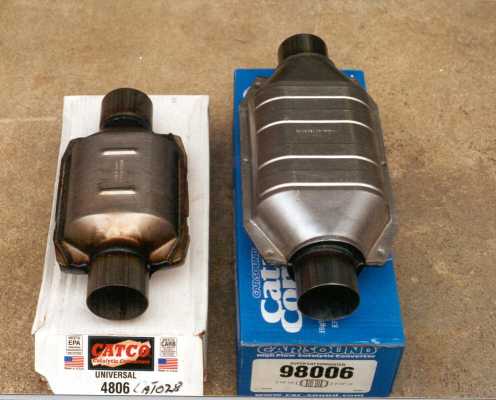
Cheap restrictive easily damaged cat on left - the high flow Carsound cat on the right.
Car Sound brand 2.5 inch part number 98006. The number stamped on it is CA/CE 98006 13505040. It is made in the USA, www.car-sound.com
Japanese spec Soarer exhaust and cat location: Cats are labeled 17400 in this diagram. Have a look under your V8. If the middle resonator, labeled 17410 here, looks like a catco cheap cat in above picture - then you have three cats. If it has the long shape like in the diagram, then your nice Soarer cats have been replaced with 2 nasty Catco cats - badluck!
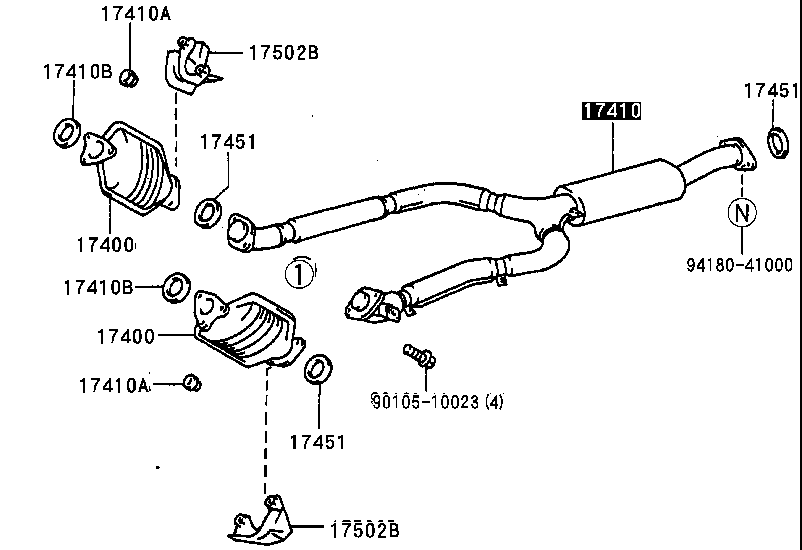
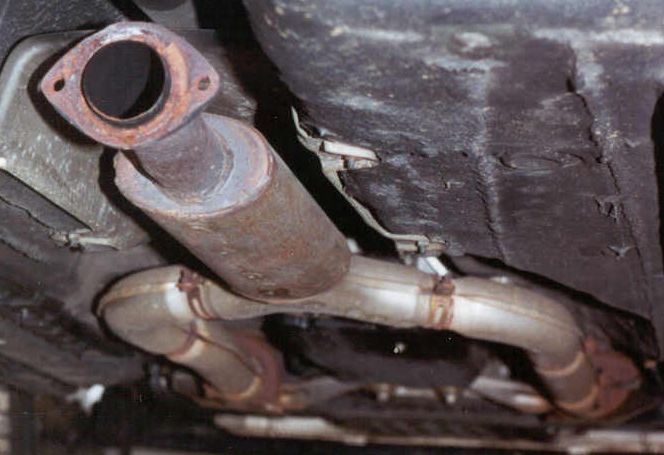
If you see this underneath your car, the standard Japanese resonator, then bad luck - it means both of your nice Soarer cats have been removed and replaced with new restrictive Catco cats to pass Australian compliance laws - your V8 has asthma. You will need a full custom system from manifolds to get exhaust going again.
If you don't see this and instead you see what looks like a cat in the cat pictures above, then you're in luck. This means you nice original Soarer cats are still there - they have been supplemented by only 1 new restrictive Catco Cat. Sure you have three cats, you have asthma too - but the third cat can be removed and everything will be much better.
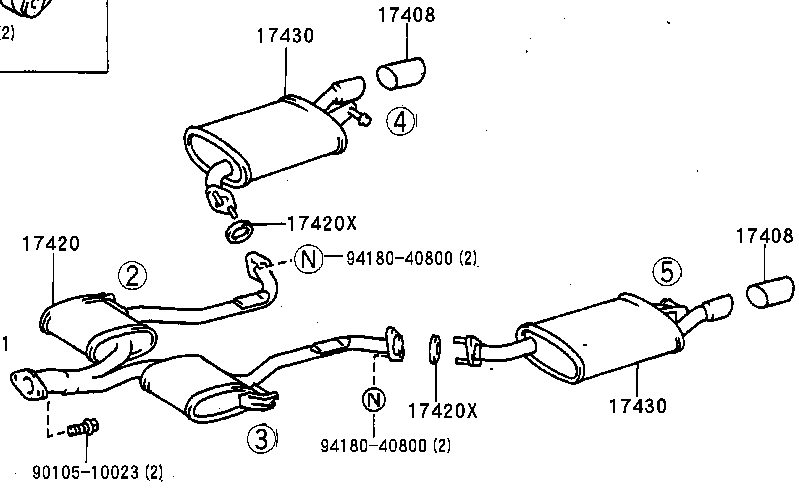
The rear of the Japanese system - four restrictive full size mufflers - very very quiet. Step 1 is carefully unbolting this lot, putting around the back of the shed (it won't rust - it's stainless) and getting a custom system with some Lukey (Dynomax) Ultraflow mufflers - then you'll be cooking!
In the US the Lexus SC400 is different - a louder sportier exhaust with more cats:
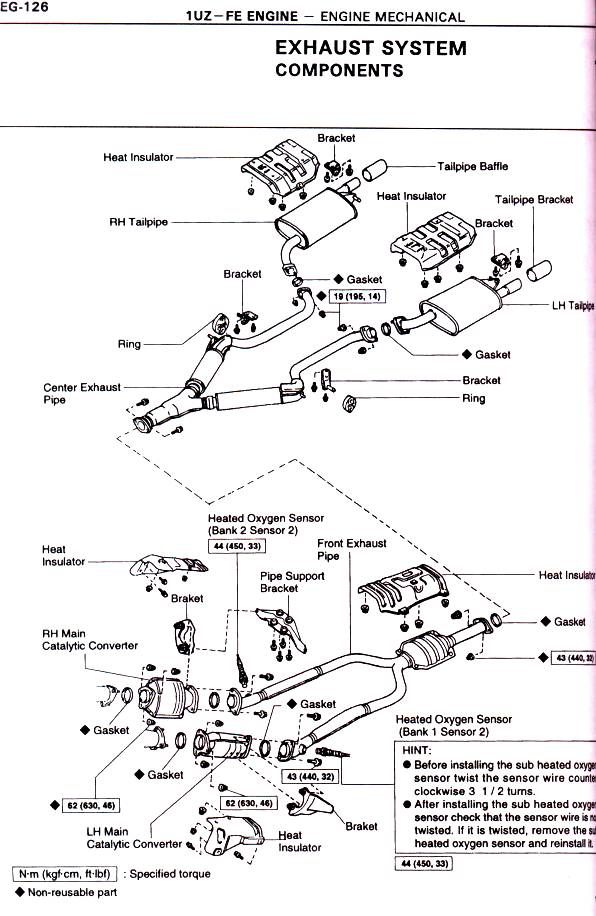
Same front cats as Japanese model, an extra third cat instead of a resonator, two resonators instead of full size mufflers, and twin straight through mufflers instead of reflection type on the Japanese car.
These two exhaust are similar.
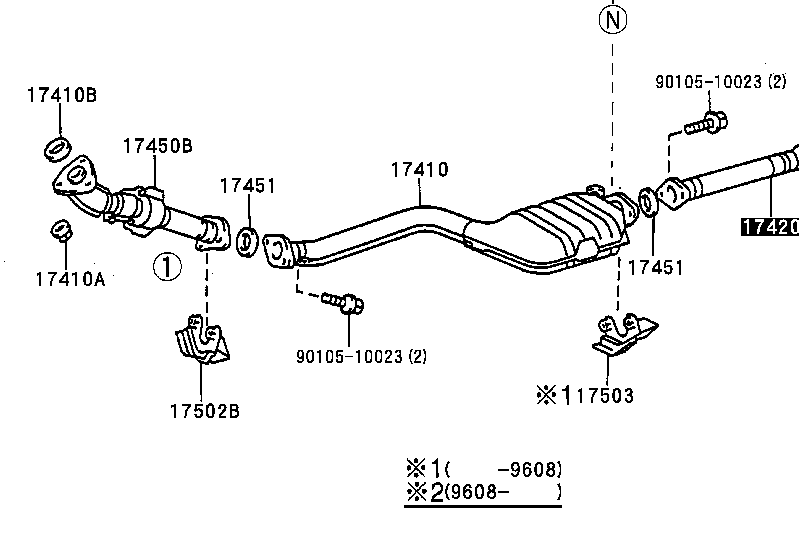
Only one cat on the TT - check it - replace with a three inch high flow if necessary.
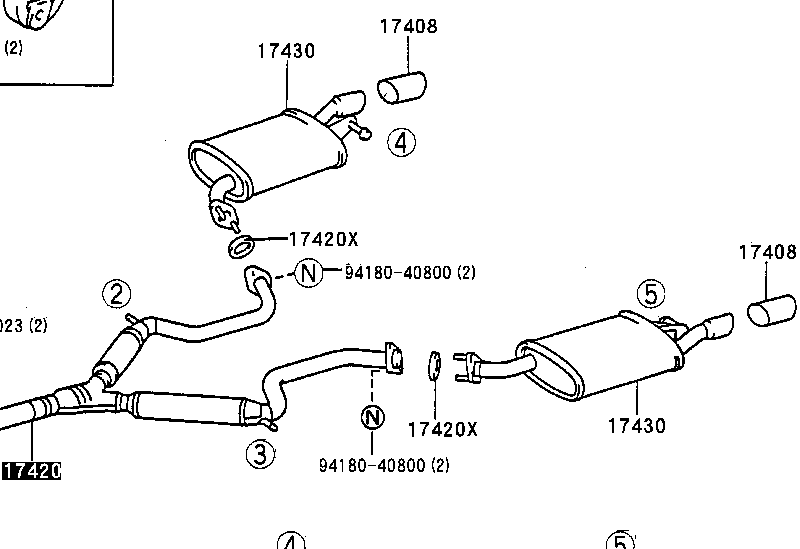
The rear part of the exhaust is a disaster - it all has to go. If you want that great big angled single can exhaust out the back then replace the whole lot with a single 3 inch system. For dual go for three inch of the cat into dual 2.5 inch , dual straight through resonators, and dual Lukey straight though double offset mufflers and stand back!
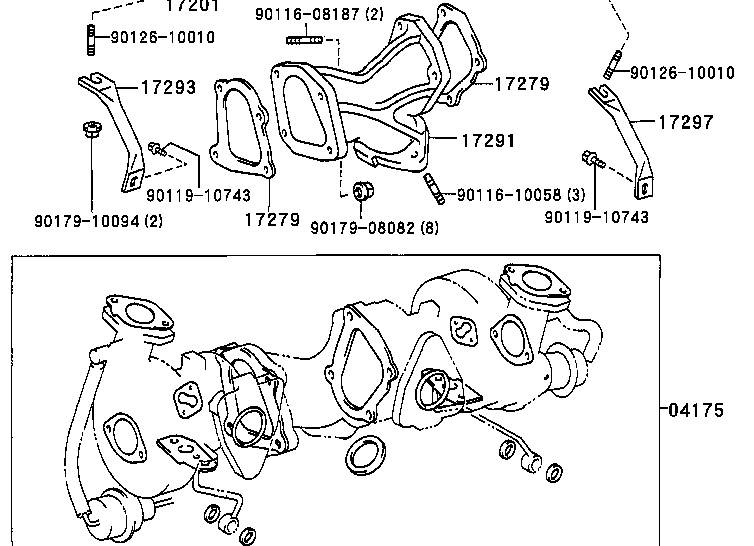
When you get real serious with the TT replace the dump pipe of the two turbos - custom fit is expensive but that's the way it is. There are some places that make them now - try the ASLC forum or Toymods forum.
Pollutants Produced by a Car Engine
The main emissions of a car engine are:
These emissions are mostly benign (although carbon dioxide emissions are believed to contribute to global warming). But because the combustion process is never perfect, some smaller amounts of more harmful emissions are also produced in car engines:
Sunlight breaks these down to form oxidants, which react with oxides of nitrogen to cause ground level ozone (O3), a major component of smog.
These are the three main regulated emissions, and also the ones that catalytic converters are designed to reduce.
source: http://www.howstuffworks.com/catalytic-converter1.htm